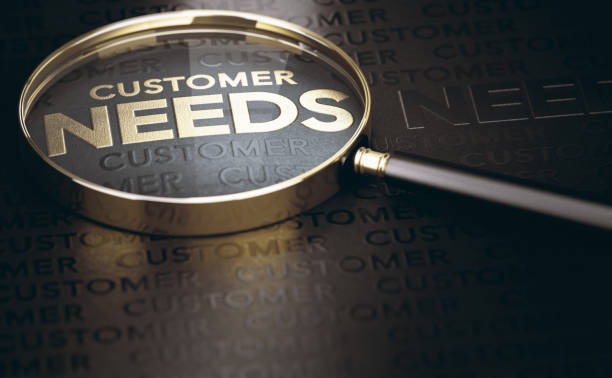Retail Traffic Counters: Understanding Customer Needs
Retail traffic counters are an important tool for retailers to measure foot traffic in their stores and understand how customers move through their space. By tracking customer behavior, retailers can make data-driven decisions that help optimize store layouts, product placement, and marketing strategies.
However, it’s important to note that retail traffic counters alone do not necessarily lead to increased sales. Instead, the data provided by these tools can help retailers identify patterns and make informed decisions to improve the shopping experience and drive sales.
For example, if a retailer notices that a particular area of the store is getting a lot of foot traffic but not generating sales, they may consider changing the product selection or display in that area to better capture customer interest. Alternatively, if a retailer sees that a certain product is consistently selling out, they may choose to stock more of that product to meet customer demand.
While retail traffic counters can be a useful tool for retailers, it’s important to remember that they are just one piece of the puzzle in optimizing store performance and increasing sales. Retailers must also consider other factors such as customer service, product quality, and pricing to create a successful shopping experience.
Retail traffic counters are an important tool for retailers to use in staffing and optimizing their sales floors. By tracking foot traffic patterns and customer behavior, retailers can better understand when and where their stores are busiest, and adjust staffing levels accordingly to ensure that they have enough employees available to provide customer service and support during peak hours.

Retail Traffic Counters Improve Stores
Retailers use data from traffic counters to optimize their sales floor layouts and marketing strategies. For example, if a retailer notices that a certain area of the store is consistently busy, they may choose to stock high-demand products in that area and place promotional displays nearby to capture customer attention and drive sales.
Similarly, if a retailer notices that a certain product is not generating as much interest as expected, they may choose to move it to a more prominent location in the store or adjust the pricing or marketing strategy to better appeal to customers.
Retail traffic counters can provide valuable insights into store performance, customer behavior, and staffing needs, allowing retailers to make data-driven decisions that optimize their sales floors and ultimately drive increased sales and customer satisfaction. Retail traffic counters can provide accurate and customizable data in reports that help retailers make informed decisions and succeed in their business.

By tracking foot traffic patterns and customer behavior, retail traffic counters can provide retailers with a wealth of data that can be used to optimize store performance, drive sales, and improve the shopping experience. For example, retailers can use traffic counter data to:
- Identify peak hours and days of the week, and adjust staffing levels accordingly. Installing a traffic counter in a retail store that is struggling with staffing issues is important because retailers can pinpoint exactly where the problem is.
- Determine which areas of the store are most frequently visited by customers, and optimize product placement and displays to increase visibility and drive sales.
- Measure the impact of marketing campaigns and promotions on foot traffic and sales.
- Identify trends and patterns in customer behavior, such as which products are frequently viewed but not purchased, and adjust pricing or marketing strategies accordingly.
- Evaluate store performance over time, and identify areas for improvement or growth.
Any retail traffic counters allow retailers to customize their reports to focus on the data that is most relevant to their specific business needs. This can include custom date ranges, traffic patterns by department or store location, and other metrics that help retailers track progress and make data-driven decisions.
By providing accurate data in customizable reports, retail traffic counters can help retailers optimize their sales floors, improve the shopping experience, and ultimately succeed in their business.
Trax Has The Answer
Installing a Trax traffic counter in a retail store will increase sales and provide a foundation for retailers and their employees to improve sales strategies. Our customizable reports allow retailers to increase sales and improve their sales floor. To learn more about our retail traffic counting system and how it can help your store, Contact a technician today.


